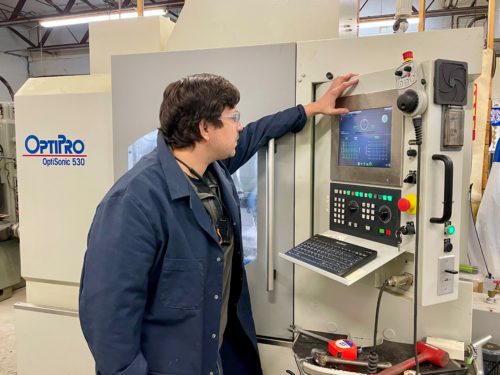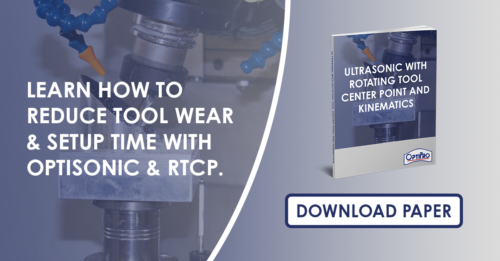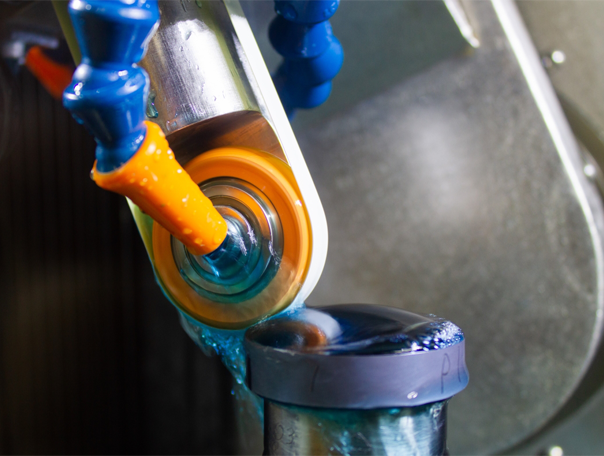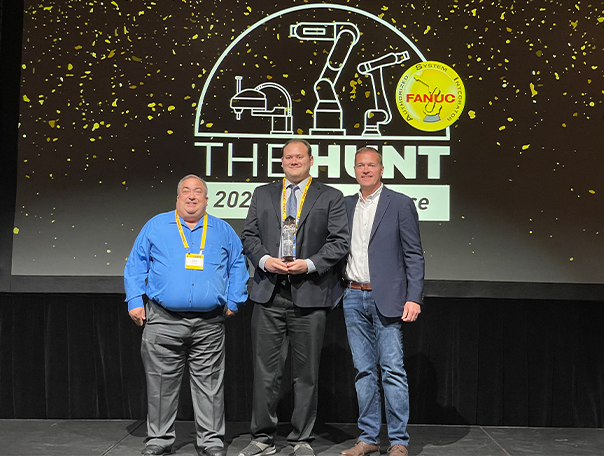Spectrocell Company Profile

Nick Salame, Chief Technician at Spectrocell, operates the OptiSonic 530 ultrasonic machining center.
Since 1955, Spectrocell, Inc has manufactured equipment and components for use in the analytical sciences and research industry. Spectrocell is the only facility in the United States dedicated to manufacturing of cells and cuvettes, which are used to hold samples for analytical chemistry instruments. This facility provides for the needs of customers large and small, individual users, as well as large volume production for OEMs. Spectrocell also has the capability to produce custom designs for research or prototypes.
Spectrocell manufactures precision components machined from synthetic quartz, optical glass, silicon and some ceramics. All these materials require grinding and cannot be cut like most metal parts are.
Glass and Ceramic Grinding with Ultrasonic Capability
Machining glass and ceramic materials can present challenges such as accelerated tool wear and long cycle times. OptiSonic ultrasonic machining centers overcome these challenges by utilizing ultrasonic vibration of the cutting tool to promote free cutting of material, resulting in significant process force reduction. Proprietary IntelliSonic™ software ensures optimal cutting efficiency is maintained throughout the entire cycle by automatically adjusting ultrasonic frequency based on changing machining conditions. The reduction of force endured by the tool and part during machining provides several benefits, including improved surface quality of parts and longer tool life.
OptiSonic 530 for Production of Precision Components
The OptiSonic 530 features 500mm of X axis travel and 3 axes of motion (X, Y and Z). Michael Serianni, President of Spectrocell Inc., states the impact that the OptiSonic 530 has had on the company’s operations:
“Four years ago, we purchased an OptiPro OptiSonic 530 CNC machine. This machine has been invaluable in our operations, particularly for production work. Previously, many of our grinding operations were done on Moore jig grinders and ultrasonic impact grinders. While certain operations are still done this way, about two-thirds of our operations are now done with the OptiSonic 530.
The main advantages for Spectrocell have been:
- Repeatability compared to manual machining, particularly for high tolerance precision in the 10-25 micron range
- Superior life span for our diamond tools, which, according to our data, last 20 to 80 percent longer
We also have seen a significant improvement in ground finishes, particularly in OD reduction of sub-surface damage in optical glass and fused quartz. Because many of our products require that several separately machined parts must be later fused under high temperature, micro cracks present from the machining operation and can propagate during the thermal fusing process. These are very difficult to see in ground surfaces, but our losses of sub-surface damage have been cut to less than half using the Optisonic 530.
We would also like to mention that the support received from OptiPro has been outstanding.”
For more information on Spectrocell, visit their website at www.spectrocell.com.
If you have a difficult job involving glass or ceramic machining, contact OptiPro’s sales team to find the right OptiSonic machine for your application.





